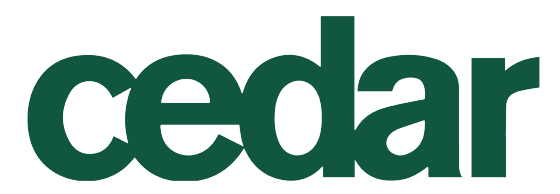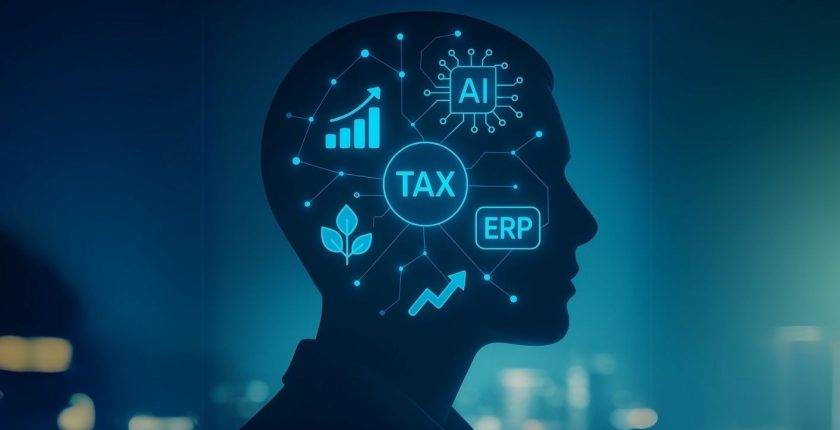The Modern Tax Function: What Today’s CFO Needs to Know About Transformation and Talent
Tax has entered the digital age. And with that, the skills and structure required to manage it have evolved.
Tax professionals can’t afford to operate in isolation, focusing purely on filing returns and responding to audits. Today, tax must interact with finance, legal, IT, HR, and even ESG teams. It must respond faster, with cleaner data and better tools.
Drivers of Tax Function Transformation
Several forces are pushing tax functions to modernise:
- Making Tax Digital (MTD): Mandates digital record-keeping and real-time submissions.
- Global transparency initiatives: Real-time reporting, e-invoicing, and automatic exchange of information.
- Stakeholder scrutiny: Investors, regulators, and the public are demanding clearer narratives on tax contributions and governance.
- AI and automation: Emerging tools are handling repeatable tax calculations and flagging anomalies.
Technology is no longer optional. To remain compliant and competitive, businesses must upgrade systems and skills alike.
Meet the Modern Tax Professional
The tax function of the future is multidisciplinary. Today’s leading teams include professionals with:
- Technical tax expertise
- Data analysis and visualisation skills
- Experience with ERP systems (e.g. SAP, Oracle)
- Understanding of automation tools (e.g. Alteryx, Power BI)
- Awareness of AI applications for tax forecasting, audit trails, and workflow automation
As Kirsteen Brannigan‑Hughes, Director of Tax Recruitment puts it:
“We’re now hiring for capability that didn’t exist five years ago. Data fluency, ERP integration skills, and stakeholder engagement are just as critical as technical tax knowledge.”
Changing Operating Models
Forward-thinking businesses are re-evaluating how tax is structured:
- Should tax be centralised or embedded in business units?
- Can automation reduce the manual burden on indirect tax?
- Where can AI tools add efficiency without increasing risk?
- How can ESG objectives shape future tax operating models?
This often leads to hiring hybrid roles or upskilling finance teams to take on new responsibilities.
Case Study: Rapid Response to a Tax Leadership Gap
One recent example comes from a major UK flexible workspace provider following a significant merger. The deal created one of the largest players in the market – but the Head of Tax resigned just as integration efforts were beginning. With transformation projects underway and no internal succession plan, the business risked a significant leadership vacuum.
Cedar worked with the business to implement a dual-track strategy: appointing an Interim Head of Tax to ensure continuity, while running a parallel permanent search aligned to long-term strategy and culture. The result was a seamless leadership transition with the permanent hire embedded in time to support a major refinancing event.
This demonstrates how agility and forward planning in tax hiring can safeguard critical projects and maintain stakeholder confidence – even during periods of change.
Final Thoughts
For CFOs and Finance Directors, modernising the tax function isn’t just about tools, it’s about mindset. It’s about elevating tax to a strategic contributor and building the talent to match.
By investing in transformation, businesses can reduce risk, boost efficiency, and turn tax into a value driver – not just a cost centre – it’s about mindset. It’s about elevating tax to a strategic contributor and building the talent to match.
At Cedar, we specialise in Tax recruitment, helping businesses manage changing needs, skills and the regulatory landscape.
Contact our experts today to find out how we can support your hiring needs.


